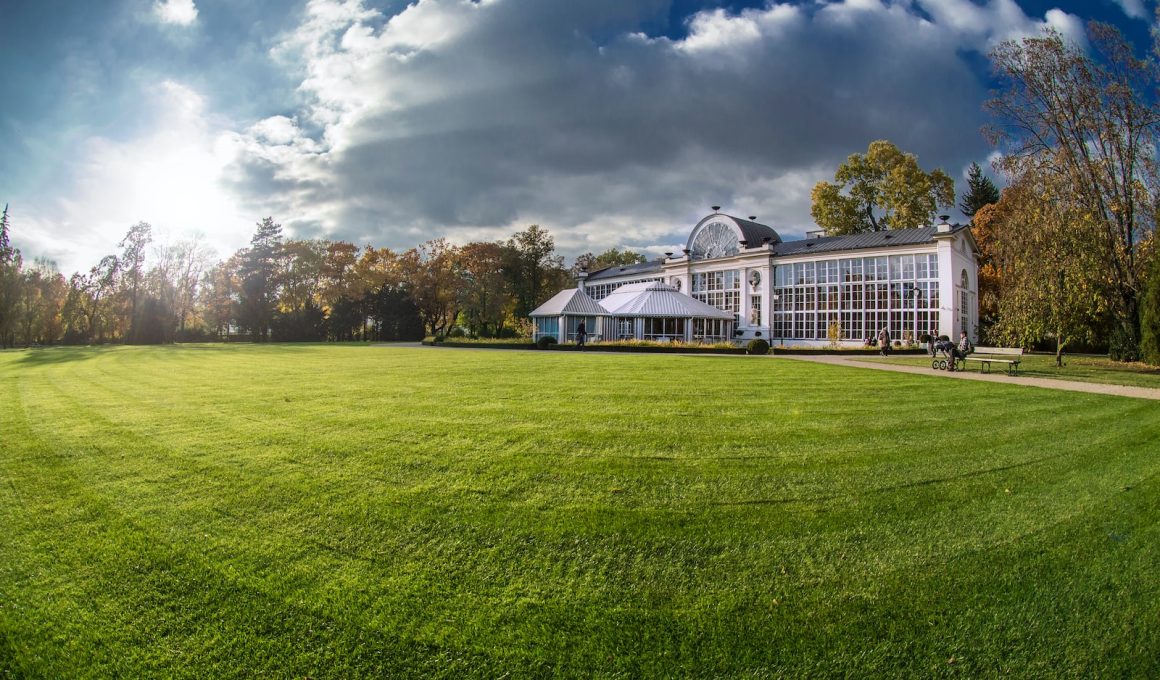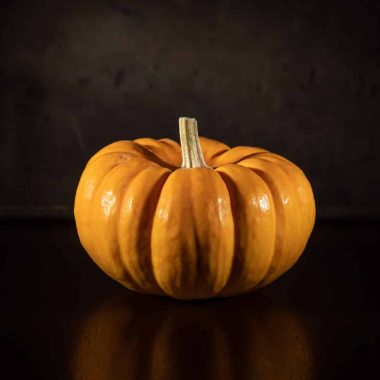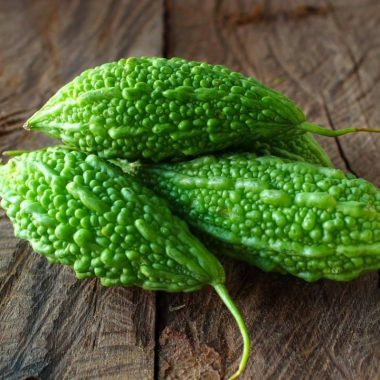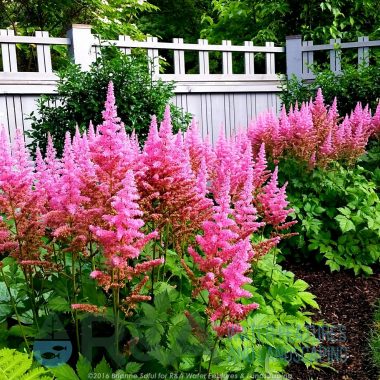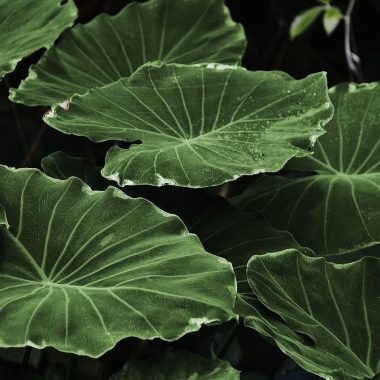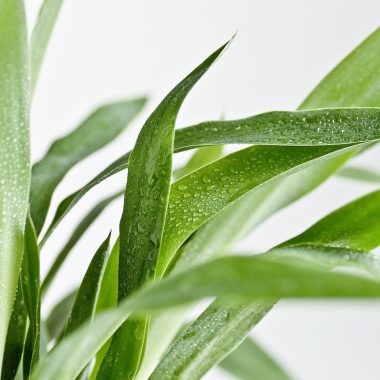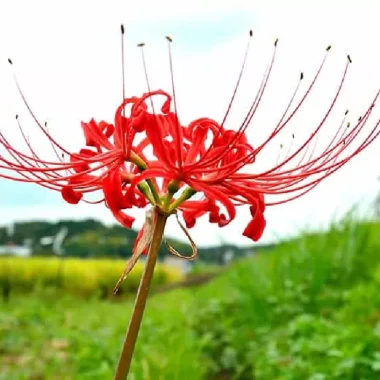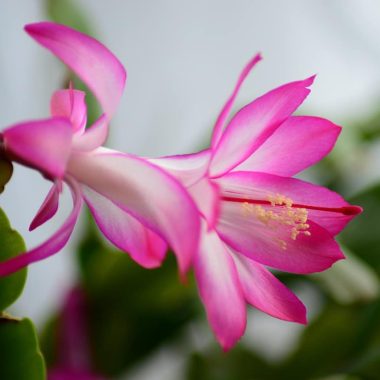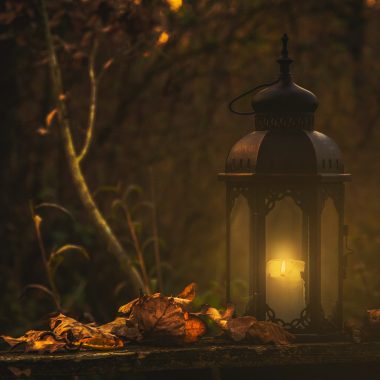Knowing how to recognize and select the different types of lawn grass is essential for maintaining a lush, healthy lawn in your yard.
People commonly move into houses with a lawn, so choosing the right grass is unnecessary.
However, knowing the wide varieties of lawn grass will enable you to identify what you’re dealing with.
It’ll also be useful when considering maintaining your yard in the healthiest possible condition.
In this article, we’ve outlined 12 types of lawn grass that are most common to grow.
Categories of Grass
The different types of lawn grass are divided into two categories:
1. Warm-season Grass
Warm-season grasses grow from April to October. They can withstand both heat and drought. Most cultivars will hibernate throughout the winter and lower temperatures.
During this time, they may turn brown and not re-green until the warmer weather returns.
2. Cool-season Grass
This season is the best option in regions with significant seasonal variations. They grow the fastest when the temperature is between 60 and 75 degrees, as in the spring and fall. In seasons of intense heat, they may become dormant.
Different Types of Lawn Grass
Having briefly introduced the grass categories, let’s examine the different types of lawn grass you can use.
1. Bentgrass
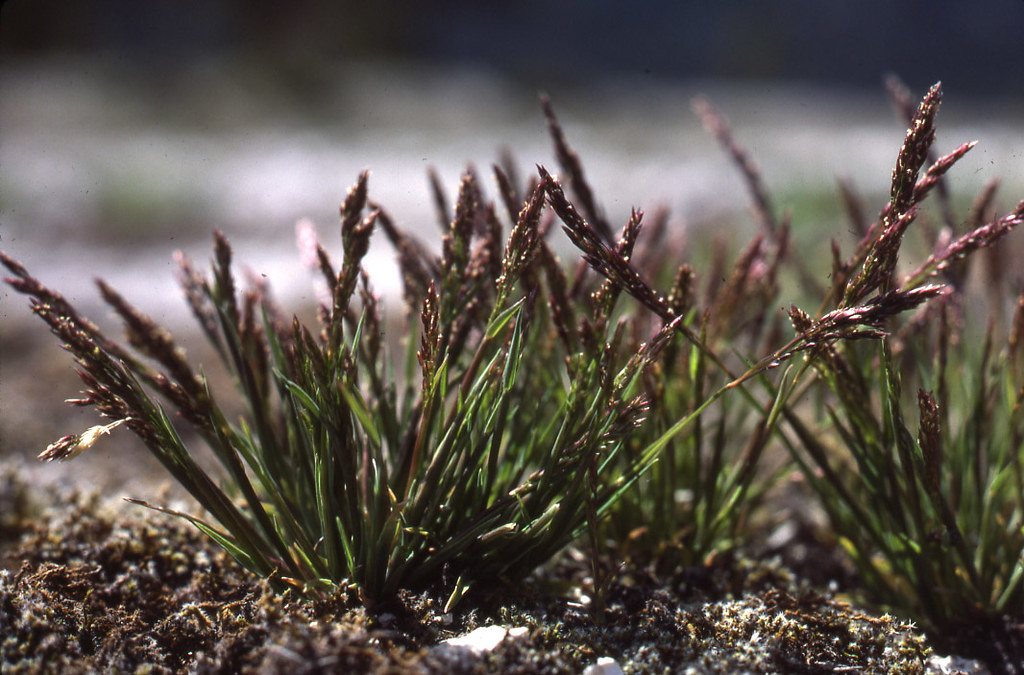
Bentgrass is one of the different types of lawn grass you can have in front of your home.
Because of its slow rate of growth and smooth texture, Bentgrass is a mainstay for northern golf courses.
Bentgrass has a velvety feel and a vivid color, making it perfect for houses.
However, it requires a lot of upkeep, including frequent watering, mowing, and fertilizing.
Therefore, you might wish to avoid this thick kind unless you’re running a fairway.
2. Bermuda Grass
Another type of lawn grass is Bermuda grass, a favorite for golf courses. Although it requires much attention, it can be mowed to a low height.
This makes it perfect for yards with a lot of foot activity. Also, despite being a warm-season grass, many individuals have luck growing it in the central regions.
3. Kentucky Bluegrass
Kentucky bluegrass is one of the most common different types of lawn grass for northern residences. Bluegrass can endure colder temperatures and grow well from both seed and sod.
Because of its ability to outgrow damaged areas, it is by far the most common cold-season grass.
It is tough because it can withstand lawnmowers and heavy foot activity. It thrives in both full sun and partial shade, but it struggles to grow in complete darkness. It has distinctive, V-shaped, deep green leaves.
4. Centipede Grass
Centipede grass offers a dense, mat-like surface with just moderate care needs. This grass is appropriate for usage in temperate areas.
They also benefit from soil characteristics that might impair other grass varieties, such as high nitrogen content.
It is identified by its elongated, notch-shaped, green leaves. Although it might withstand heavy traffic and be cut extremely short, it must be mowed sometimes.
5. Dichondra Grass
Dichondra grass is recognized because it looks like tiny round leaves rather than grass blades. It is sensitive to insects and needs constant fertilization and watering.
Many homeowners in warm regions like this type of grass. It provides deep ground cover while allowing grass varieties to be cut.
As one of the different types of lawn grass popular in Arizona, you’ll surely want to consider it if you live within that region.
6. St. Augustine Grass
St. Augustin grass is one of the strongest and most pest-resistant grasses on the market. It is said to be a grass with broad, coarse leaves and rounded tips that grow slowly.
Although it prefers sandy soil, it needs constant watering. It can handle heavy foot activity and give the lawn a green cushion.
7. Fine Fescue
Fine fescue is a grass species in several different fescue families. They each have a thin, needle-like blade that thrives in cooler climates and can endure shade but does not like the heat. Fine fescues are all fast-growing grasses with thin, pointed leaves.
Because it is confined to northern regions and struggles to thrive in full sun and shade, it is one of the different types of lawn grass to keep in cold areas.
8. Pampas Grass
Large clumps of this grass are known to form and have white, feather-like plumes. In large landscape areas, it is used as decorative grass.
They require very little maintenance and are drought-tolerant. Once their roots are well-established, they are simple to maintain. This is also why they may be invasive.
9. Ryegrass
This grass species is common on northern lawns. It is frequently combined with fine fescue and Kentucky bluegrass.
In milder areas, maintaining and germinating quickly for swift development is often simple. However, it may struggle a little in freezing locations. It is also a well-liked cool season grass.
It thrives in direct sunlight and complete shade and can withstand heavy foot activity. It is often blended with Kentucky bluegrass to create turf that can withstand greater shade.
10. Mondo Grass
Mondo grass is a type of lawn grass with tuberous roots that does not belong in the grass cluster.
This perennial grass is a member of the lily family. Its leaves grow in bunches on the ground. It also makes a suitable ground cover. It will grow well in some shade and produce bell-shaped blooms.
11. Tall Fescue
A tall fescue is a prevalent option in both northern and southern regions because of its capacity to withstand heat. However, it might resemble a weed, so you won’t often find it in residential seed mixtures.
Instead, it is used more frequently in places like sporting fields. Unlike other varieties, this species of cool-season grass thrives in hot, dry environments.
Its thick, coarse, dark green grass can withstand heavy foot activity and lawn mower use. Although it is lovely turf grass, it occasionally grows in clusters.
12. Zoysia
In the nation’s center, a grass variation known as Zoysia that resembles carpeting is prevalent. It doesn’t need daily watering and is resilient enough to withstand heat, drought, and high foot traffic.
Zoysia turns brown in cold weather and will sprout seed heads if it isn’t mowed often. It has stiff, coarse leaves and is another warm-season grass.
It has a sluggish growth rate, needs full sunlight, and becomes dormant in the winter. When the warmer months arrive, it will once more turn green.
Benefits of Lawn Grass for Your Home
Now that you know the different types of lawn grass in front of your home, let’s examine their benefits.
- It makes you breathe clean air just outside your house. Lawns absorb carbon dioxide, produce oxygen through photosynthesis, and capture dust and filth released into the air.
- Lawns minimize noise pollution by absorbing sound.
- Lawns also act as natural air conditioners. They cool themselves and their surroundings, lowering the need for house cooling.
- A well-kept grass enhances soil stability through its extensive, deep roots, which lessen soil erosion from wind and rainfall.
- Lawns and greenery have been shown to have stress-relieving effects.
Final Thoughts
Grass is more than a typical landscape component. There are different types of lawn grass and purposes for it.
They may be used as ornaments besides covering enormous areas of land. Understanding how to care for and maintain them is also very important.
